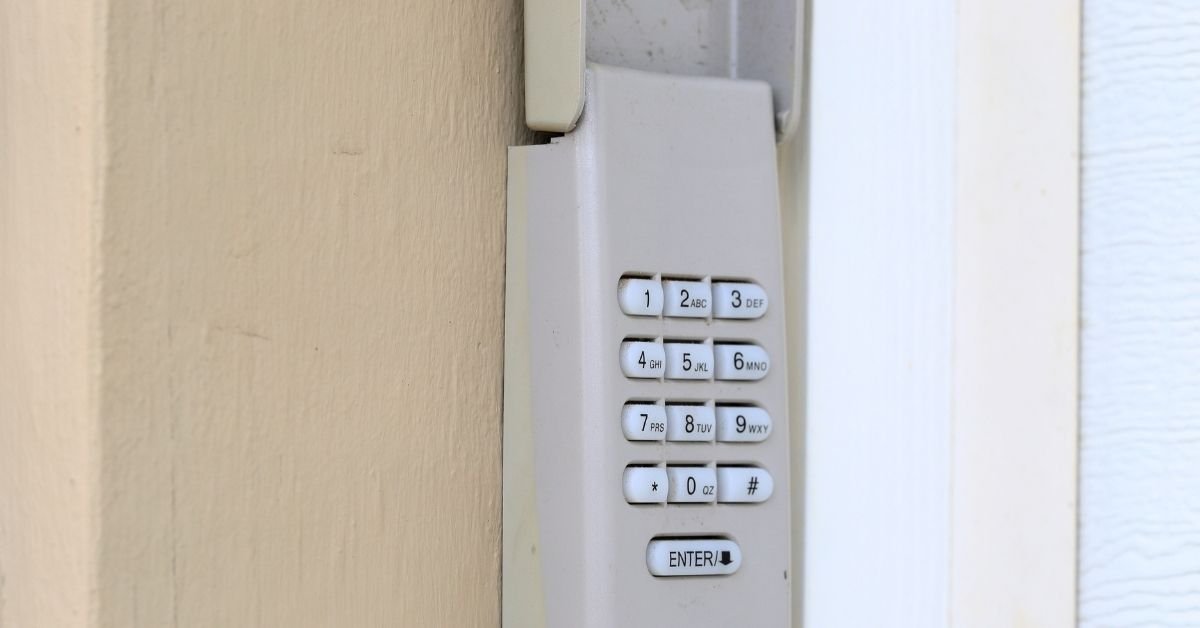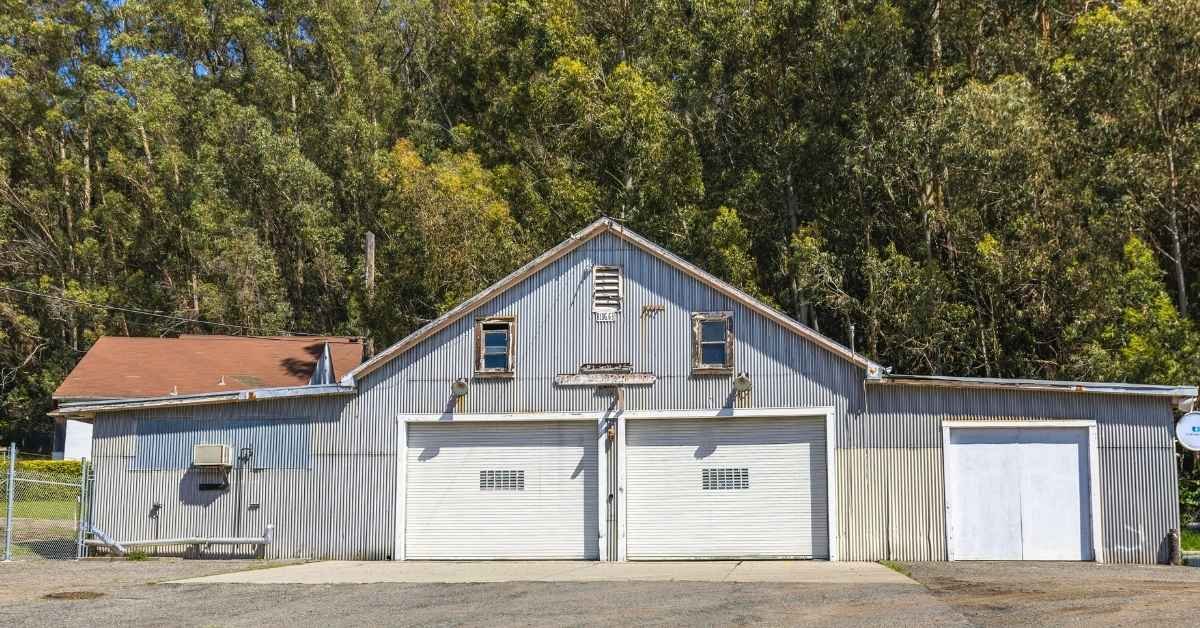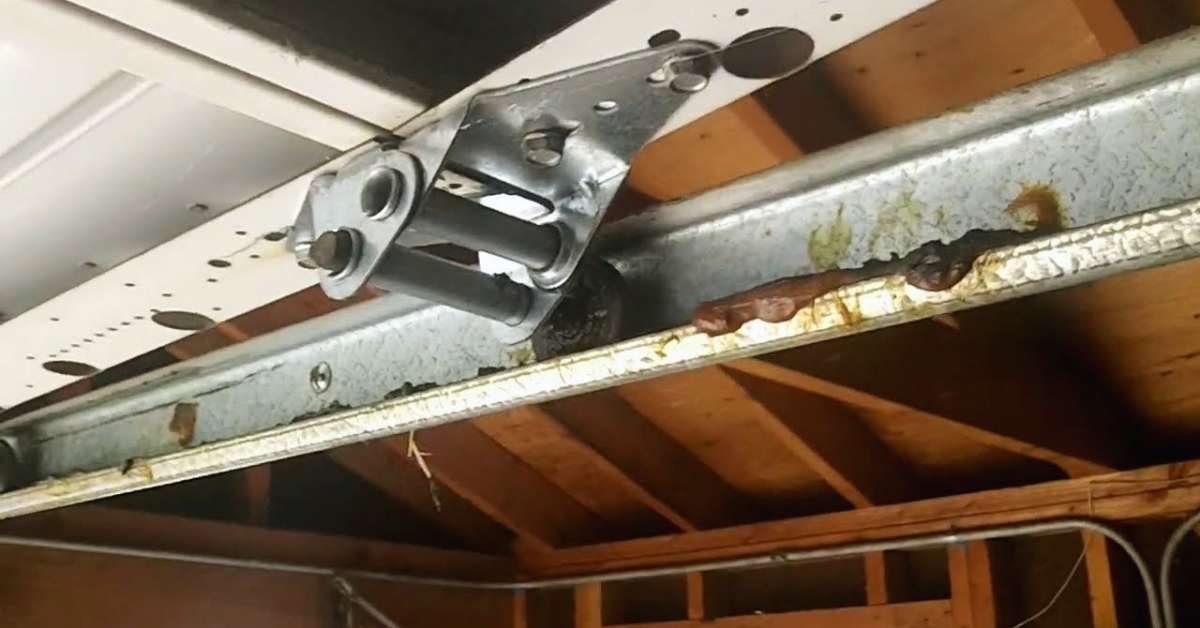Unlocking The Secrets of Home Improvement: How To Find Ceiling Joist
Imagine you’re in the midst of a home improvement project, ready to experience a heavy fixture or install a new ceiling fan. You want to ensure that whatever you’re attaching to the ceiling will stay securely in place, and for that, you need to locate the ceiling joists. These hidden structural elements are the backbone of your ceiling, providing the necessary support for any weight suspended from above. In this comprehensive guide, we’ll explore the art of How To Find Ceiling Joist, empowering you to tackle your DIY projects with confidence.
Table of Contents
Understanding How To Find Ceiling Joist
Before we dive into the methods of finding ceiling joists, let’s understand what they are. Ceiling joists are horizontal framing members typically made of wood or steel, running across the top of your walls. They serve a vital role in supporting the ceiling’s weight and any additional loads, such as lighting fixtures or fans. Locating them accurately is the most important thing for a secure and safe installation.

Method 1: Use A Stud Finder
One of the most efficient and user-friendly methods to find ceiling joists is by using a stud finder. A stud finder is a handheld device equipped with sensors that can detect changes in density behind your walls and ceilings. We must use these methods to find ceiling joists, such as using a stud finder
● Place the stud finder against the ceiling and turn it on.
● Slowly move it horizontally along the ceiling surface.
● The stud finder will emit a signal or beep when it detects a change in density, indicating the presence of a ceiling joist.
● Mark the location and repeat the process as needed to find adjacent joists.
Method 2: Visual Clues
Sometimes, You Can Spot Ceiling Joists By Looking For Visual Clues
Here’s How You Can Spot Ceiling Joists By Looking For Visual Clues
● Examine the ceiling for any visible signs of joists, such as seams in the drywall or nail heads.
● Joists are usually spaced either 16 or 24 inches apart, so once you find one, you can estimate the location of others.
● Use a measuring tape to verify the spacing between the suspected joists.
Method 3: Knock on Wood
Believe It Or Not, You Can “Knock On Wood” To Find Ceiling Joists
● Gently tap the ceiling with your knuckles, moving in a grid pattern.
● Listen for differences in sound. A hollow sound likely indicates a space between joists, while a solid, dull thud suggests a joist.
● Mark the areas that produce the solid sound as potential joist locations.
Method 4: Measure from a Wall
Another Technique Involves Measuring From A Known Point, Such As A Wall
● Measure the distance from a nearby wall to where you suspect a joist may be.
● Typically, joists run perpendicular to the wall, so measure at regular intervals until you locate one.
● Use a stud finder or visual clues to confirm the presence of a joist.
Method 5: Investigate Attic or Crawlspace
If You Can Access Your Attic Or Crawlspace, You Can Visually Confirm Ceiling Joist Locations From Above
● Enter the attic or crawlspace with a flashlight.
● Look for the parallel lines of joists running across the ceiling.
● Mark their positions on the ceiling below for reference.
Exploring Advanced Techniques For Finding Ceiling Joists
Now that we’ve covered the fundamental methods for locating ceiling joists let’s explore some advanced techniques that can further enhance your skills in this area. These techniques can be beneficial when working with unconventional ceiling materials or in situations where basic methods may not provide accurate results.
Method 6: Infrared Imaging
For those who prefer high-tech solutions, infrared (IR) imaging can be a game-changer. IR cameras detect temperature differences in materials, and ceiling joists often have slightly different temperatures than the surrounding areas due to their density.
Here’s How To Use IR Imaging
● Acquire an infrared camera or a smartphone attachment with IR capabilities.
● Aim the camera at the ceiling while ensuring there’s a temperature contrast, such as a temperature difference between the room and the joists.
● The camera will display a visual representation of the temperature differences, allowing you to identify the joists.
While this method can be highly accurate, it may require specialized equipment only readily available to some.
Method 7: Magnetic Detection
Another advanced method involves using magnetic detection tools to find ceiling joists. Magnetic stud finders work by detecting screws or nails embedded in the joists.
Here’s How To Use Magnetic Detection Tools Effectively
● Place the magnetic stud finder against the ceiling and slowly move it horizontally.
● When it detects a metal fastener (screw or nail), it will indicate the presence of a joist.
● Mark the location and repeat as needed to locate adjacent joists.
Magnetic detection is effective, especially if you know there are metal fasteners in your joists, but it may not work in all cases.
Method 8: Use A Sound Detector
Sound detection tools, often used by professionals, can provide precise results when locating ceiling joists. These devices work by emitting sound waves and analyzing the vibrations that bounce back.
Here’s How To Use A Sound Detector
● Position the sound detector against the ceiling and activate it.
● It will emit sound waves that travel through the ceiling.
● When the waves encounter a solid object like a joist, they bounce back and are detected by the device.
● Mark the spots where the sound detector indicates solid objects.
Sound detectors can be very accurate but may come with a higher price tag and a steeper learning curve.
Method 9: Pilot Holes and Probing
In situations where other methods fail or when you require absolute certainty, you can resort to creating small pilot holes in your ceiling and probing for joists.
How Can You Do Pilot Holes And Probing?
● Use a stud finder or one of the previously mentioned methods to make an educated guess about the joist’s location.
● Drill a small pilot hole (about 1/8 inch) into the ceiling at that location.
● Use a thin, flexible probe (such as a wire or a straightened coat hanger) to gently insert into the hole and feel for the presence of a joist.
● Once you confirm the joist’s location, patch the hole with spackle or filler.
While this method is accurate, it may leave small holes in your ceiling that require patching.
Method 10: Seek Professional Help
If all else fails or if you’re dealing with a complex ceiling structure, it’s perfectly acceptable to seek the assistance of a professional contractor or carpenter. They have the experience and knowledge to quickly and accurately locate ceiling joists, ensuring the safety and stability of your project.

Frequently Asked Questions
Q1: What Is The Purpose Of Ceiling Joists, And Why Are They Important?
Ans: Ceiling joists play a critical role in supporting the weight of your ceiling and any additional loads, such as fixtures, fans, or insulation. They ensure structural stability and safety in your home, making them a vital component of any ceiling-related project.*
Q2: What Tools Do I Need To Find Ceiling Joists?
Ans: You can use various tools, depending on your preference and the complexity of the task. Common tools include stud finders, measuring tape, flashlights, and even a simple hammer for “knocking on wood.” Advanced methods may require infrared cameras, sound detectors, or magnetic stud finders.
Q3: Can I Find Ceiling Joists Without Any Tools?
Ans: While using tools like stud finders or measuring from a wall can significantly simplify the process, you can find joists visually by looking for seams, nail heads, or changes in the ceiling’s texture. Keep in mind that this method may be less accurate.
This FAQ Section Should Provide Helpful Answers To Common Questions Related To Finding Ceiling Joists
In your quest to find ceiling joists, you’ve now explored a variety of methods, from the primary and widely accessible to advanced techniques that require specialized tools. Whether you choose to use a stud finder, rely on visual cues, knock on wood, measure from a wall, investigate your attic or crawlspace, employ infrared imaging, magnetic detection, sound detectors, or pilot holes, your ability to locate these essential structural elements has been dramatically enhanced. Remember, the method you choose should align with your skill level, the tools at your disposal, and the complexity of your project.
Finding ceiling joists is a fundamental step in any ceiling-related project. With the knowledge and techniques shared in this article, you’re well-equipped to tackle your DIY elements with precision and confidence. So, go ahead, explore these methods, and put your newfound skills to the test. Whether you’re a seasoned DIY enthusiast or a novice looking to spruce up your home, finding those ceiling joists is the key to a successful and secure project.
Final Verdict
In your journey to explore how to find ceiling joists, remember the most critical role that they play in ensuring the safety and stability of anything attached to your ceiling. In closing, whether you’re experiencing a grand chandelier, installing a ceiling fan, or embarking on any ceiling-related project, finding those ceiling joists is the first step toward success. So, go ahead and confidently pursue your DIY dreams, knowing that you’ve unlocked the secrets of locating those important tricks about ceiling joists.






